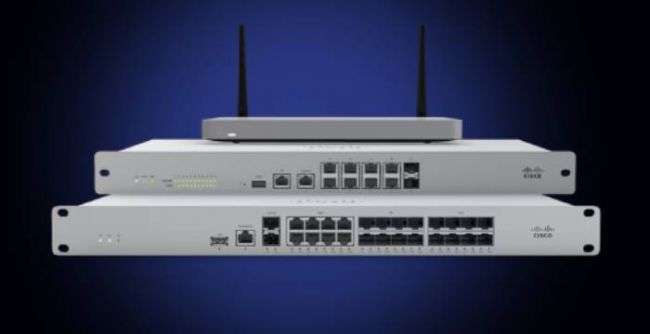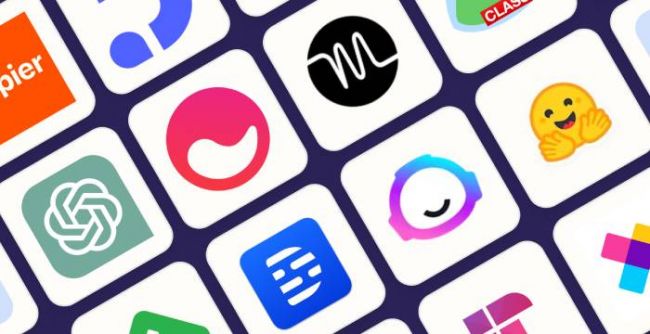Alibaba has introduced its Qwen3 AI model series, now optimized for Apple’s MLX architecture—a framework purpose-built for Apple Silicon. These models are designed to run natively across iPhones, iPads, and Macs, harnessing the Neural Engine for high-performance local AI.
The announcement, positions Alibaba as the first major Chinese AI firm to directly integrate with Apple's on-device AI roadmap.
This rollout opens the door for Apple to offer generative AI in regions where cloud-based AI is restricted, including mainland China.
Why It Matters for Apple in China?
Until now, Apple’s Apple Intelligence suite—announced at WWDC 2025—was blocked from launching in China due to regulatory limits on foreign AI models. But by partnering with Alibaba, which has tailored Qwen3 to meet local compliance, Apple gains a bridge to deploy its AI features legally and efficiently.
As highlighted by The Economic Times, the Qwen3 models could power Apple’s AI tools—like Smart Reply, image generation, and Siri upgrades—without needing internet access.
But this isn’t just about access—it’s also about performance and efficiency. Let’s look under the hood.
Qwen3 Architecture: What’s Inside?
Qwen3 includes a mix of dense and Mixture-of-Experts (MoE) models, ranging from 0.5B to 72B parameters—scalable from mobile devices to high-end Macs. MoE models dynamically activate only select “experts” per task, reducing compute costs by up to 90%.
With such broad flexibility, how are markets reacting to Alibaba’s hardware-aligned AI strategy?
Investors Respond: Alibaba Shares Rise
Following the announcement, Alibaba stock rose by over 2.4% in Hong Kong and U.S. markets, signaling strong investor confidence in the company’s AI commercialization path.
TradingView noted that investors see this as not just a win for Apple, but a proof-of-scale moment for Alibaba Cloud’s AI ecosystem.
And that scale is expanding fast—thanks to an open-source strategy driving developer momentum.
Open Access: Qwen3 Is Free to Build With
All 32 models in the Qwen3-MLX family are open-sourced under Apache 2.0 and available on Hugging Face, GitHub, and ModelScope . Developers can fine-tune or deploy these models without licensing hurdles.
Already, over 100,000 community models have emerged since the Qwen3 preview dropped earlier in 2025, giving Alibaba significant traction in the open-source AI race.
But how does this all tie back to Apple’s next strategic rollout?
What It Mean for Apple Users?
With Qwen3 models running locally through MLX, Apple can now launch its Apple Intelligence features in China via an update to iOS 18.6, expected later this summer. That includes:
- AI-powered writing suggestions
- Image generation with privacy-first workflows
- Multimodal AI assistance in Siri and Spotlight
Alibaba’s alignment with Apple’s secure, on-device AI focus could also influence regulators across other markets where data sovereignty is sensitive.
So what’s next on the roadmap for both companies?
What to Watch Next?
- iOS 18.6 update in China featuring Qwen3-enhanced Apple Intelligence
- Benchmarks comparing Qwen3 vs OpenAI’s GPT-4o or Google’s Gemini in local inference
- Expansion of Qwen3 compatibility to non-Apple silicon platforms like x86 and cloud GPUs
This isn’t just a milestone for Alibaba—it’s a test case for the future of decentralized AI, especially in regulation-heavy markets.
Final Take
Alibaba’s Qwen3 rollout on Apple’s MLX architecture isn’t just a technical partnership—it’s a strategic masterstroke that benefits both companies. For Apple, it enables AI localization in its second-largest market. For Alibaba, it reinforces its relevance in global AI infrastructure. And for users, it promises powerful, private, and permissionless generative AI—running right on the device in your hand.
Post Comment
Be the first to post comment!


